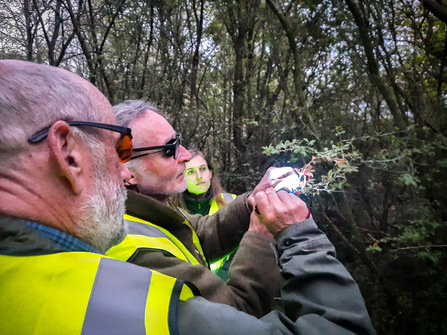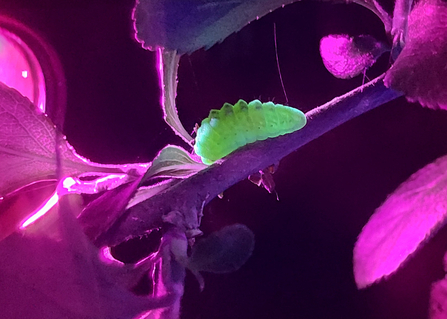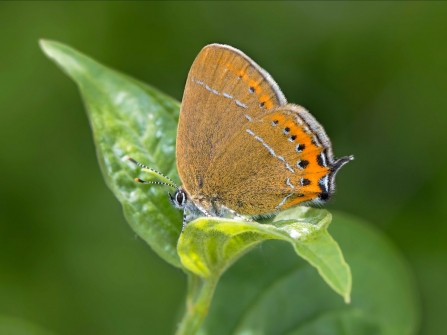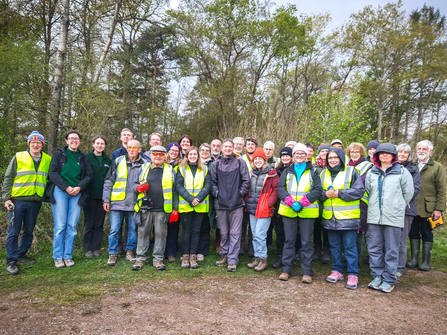Berks, Bucks & Oxon Wildlife Trust (BBOWT) is working with Butterfly Conservation to train volunteers in a brand new skill: hunting for glow-in-the-dark caterpillars.
The technique has never been widely used to collect official statistics before, and experts say it could make surveying butterflies and moths significantly quicker and easier and reveal hidden secrets about their behaviour and evolution.





